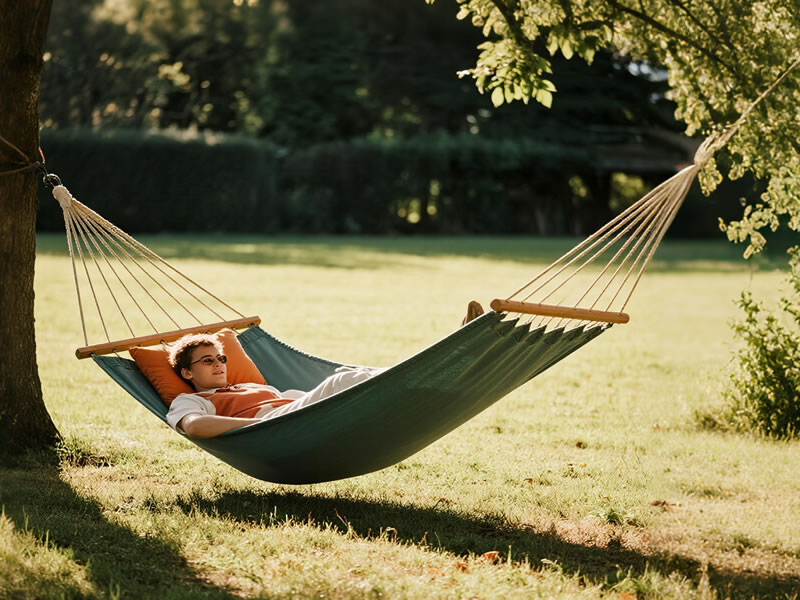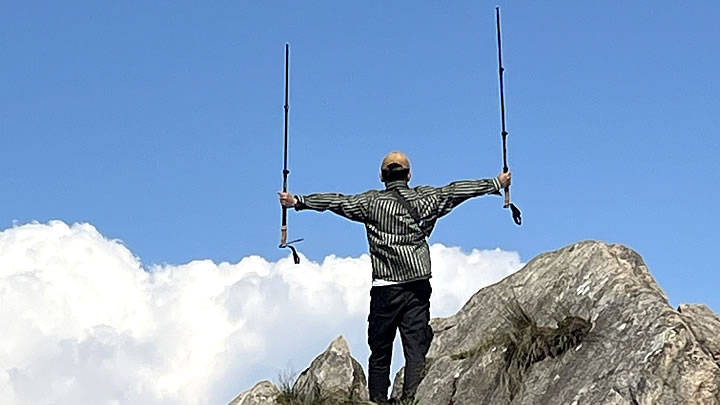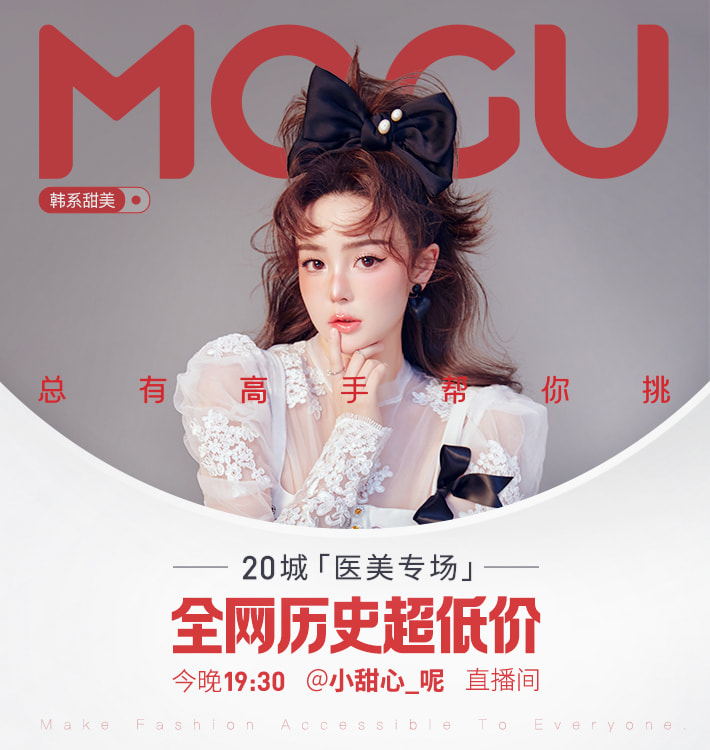Best durable fabric for all-weather garden hammocks?
Choosing the right fabric for an all-weather garden hammock ensures longevity, safety, and comfort. The ideal material must resist UV damage, rain, mold, and physical wear while supporting weight reliably. Based on industry innovations and performance data, here are the top contenders:

🛡️ 1. PU-Coated Polyester: The Balanced Workhorse
- Weather Resistance: With a waterproof rating ≥1000mm (blocking heavy rain) and UV-stabilized coatings, it prevents water absorption and color fading26.
- Durability: High-denier polyester (e.g., 600D–1200D) offers exceptional tear strength and abrasion resistance. Reinforced triple stitching further boosts load capacity24.
- Practicality: Lightweight, quick-drying, and affordable. Ideal for frequent use in varied climates6.
- Limitation: Long-term UV exposure may degrade non-laminated coatings after 2–3 seasons.
⚓ 2. Hypalon (CSM Rubber): Extreme-Weather Champion
- Unmatched Resilience: Resists UV rays, saltwater, oils, and temperatures up to 150°C (302°F). Its non-porous structure prevents mildew and rotting4.
- Strength: Tensile strength ≥3500 N/5cm withstands heavy loads (e.g., 600+ lbs) without stretching. Thicker variants (1.5–2.0mm) are used in marine inflatables and industrial tarps4.
- Eco-Concern: A synthetic rubber, Hypalon is less biodegradable. Opt for brands using recycled base fabrics.
🌿 3. Merino Wool Blends: Eco-Friendly Innovation
- Natural Performance: New OPTIM™-processed wool fabrics are windproof, water-resistant (via ultra-tight weaving), and temperature-regulating. They wick moisture and resist odors without chemical treatments37.
- Sustainability: 100% biodegradable and plastic-free—critical for reducing microplastic pollution3.
- Use Case: Blends with 15–20% nylon (e.g., 130g/m² fabric) add stretch and durability for lightweight hammocks3.
♻️ 4. Sustainable Alternatives: Future-Proof Options
- Recycled Polyester (e.g., Repreve®): Matches virgin polyester’s durability while repurposing plastic waste. Often paired with PU coatings17.
- Organic Cotton Canvas: When wax-treated (TekWax™), it gains water resistance and biodegradability. Best for dry climates due to slower drying57.
- Hemp: Naturally antimicrobial and 3x stronger than cotton. Requires blending (e.g., with polyester) for optimal weather resistance7.
⚖️ Key Comparison of All-Weather Hammock Fabrics
| Fabric Type | Weather Resistance | Durability | Eco-Impact | Cost |
|---|---|---|---|---|
| PU-Coated Polyester | High (Waterproof + UV) | High | Medium (recycled options available) | $ |
| Hypalon | Extreme (All conditions) | Very High | Low (non-biodegradable) | $$$ |
| Merino Wool Blend | Moderate-High (Water-resistant) | Medium | High (Biodegradable) | $$-$$$ |
| Recycled Polyester | High | High | Medium-High | $-$$ |
🔍 Choosing Your Fabric: 3 Critical Factors
- Climate Severity:Humid/Rainy: Hypalon or high-PU polyester (≥1500mm waterproofing)4.Moderate/Dry: Wool blends or recycled polyester37.
- Usage Frequency:Daily use: Hypalon lasts 10+ years; PU polyester lasts 5–7 years24.Occasional use: Wool or organic cotton suffices.
- Eco-Priorities:Biodegradability: Wool, hemp, or organic cotton7.Recycled content: Repreve® polyester or ECONYL® nylon1.
✅ Pro Tips for Maintenance
- Seam Sealing: Ensure double-stitched, bar-tacked seams with waterproof tape (critical for Hypalon/PU fabrics)2.
- Storage: Hang dry before folding to prevent mildew. UV-protective covers extend fabric life6.
- Weight Limits: Match fabric to load—e.g., Hypalon handles 600+ lbs; standard PU holds 400–500 lbs4.
💎 Conclusion
For all-weather garden hammocks, Hypalon excels in extreme conditions, while PU-coated polyester offers the best cost-to-durability ratio. Eco-conscious users should explore Merino wool blends or recycled polyester. Prioritize fabrics with certified UV resistance and waterproofing, and never compromise on seam construction. By selecting wisely, your hammock becomes a lifelong retreat—rain or shine. 🌦️






